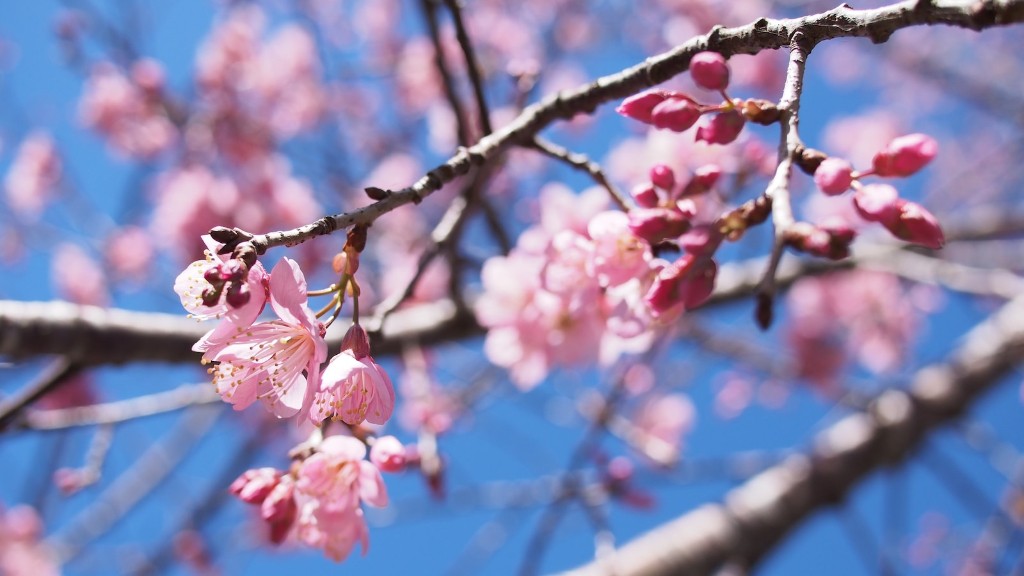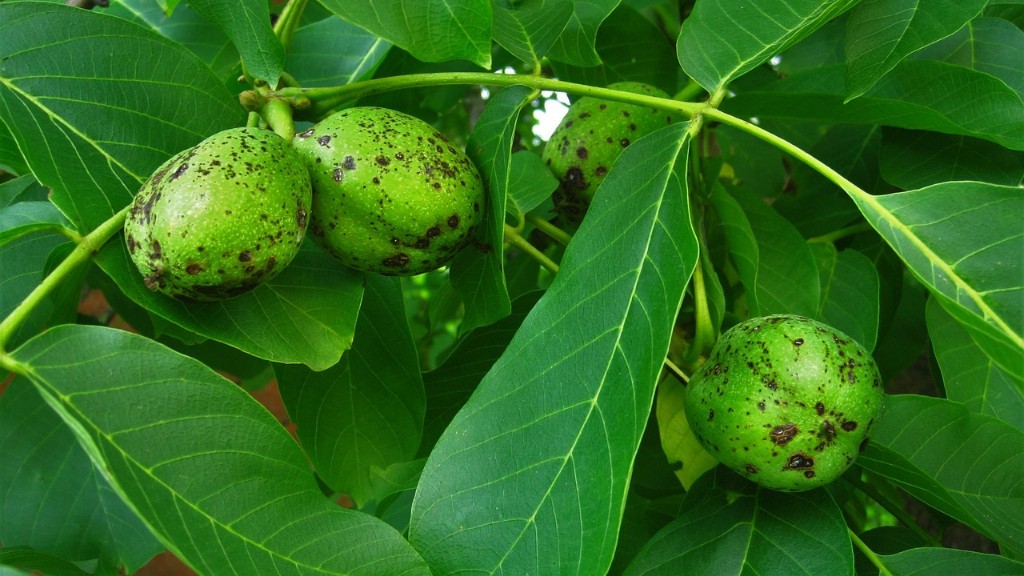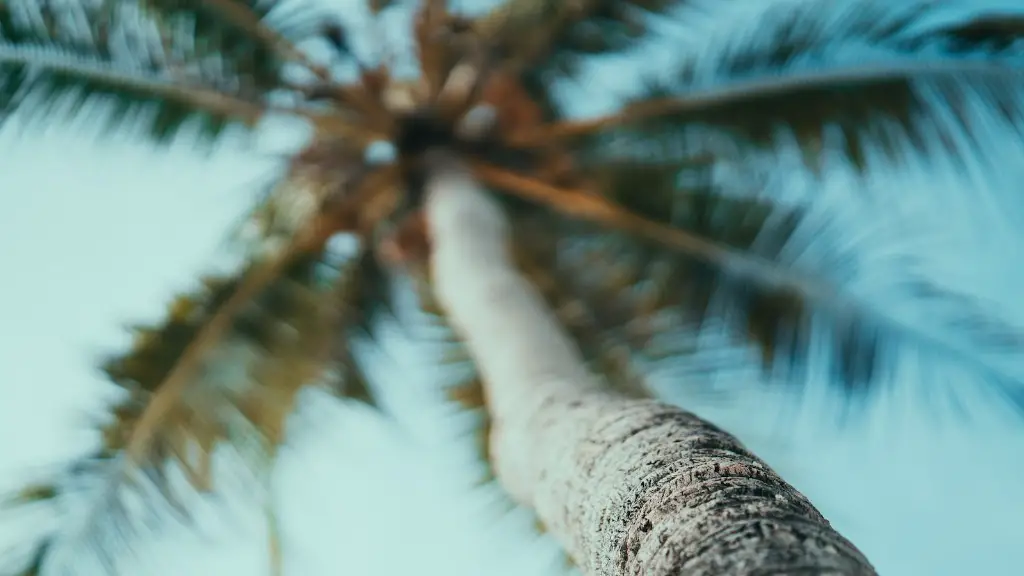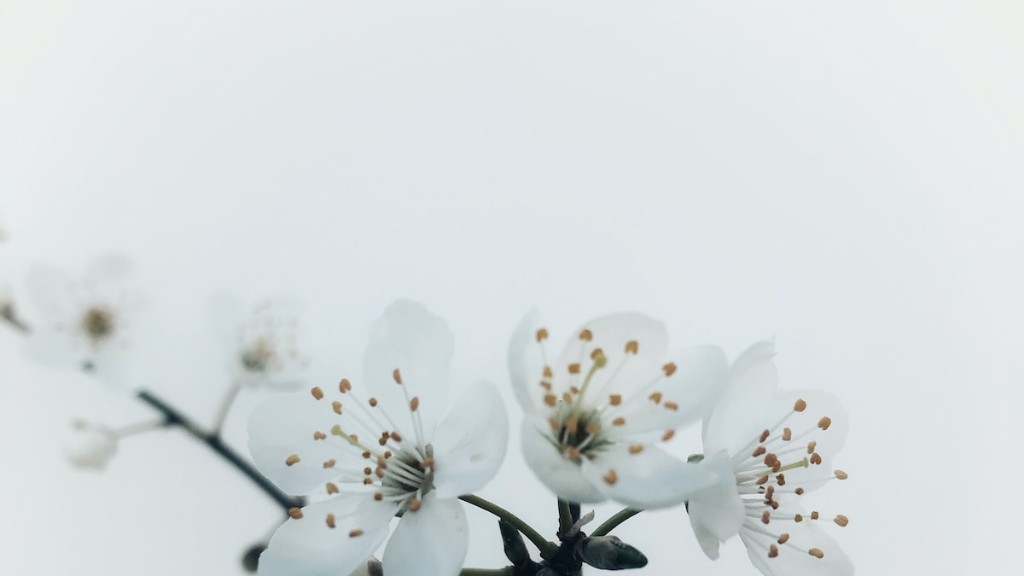Planting Cherry Blossom Trees
Cherry blossom trees have long been part of the natural landscape, and many people are drawn to their beautiful spring blossoms. However, in order to enjoy these flowering trees, it is important to understand the best time to plant a cherry blossom tree. Planting at the wrong time of year can lead to decreased success and possibly even death for the young tree.
In order to ensure maximum success for your cherry blossom tree, it is important to plant the tree during late winter or early spring, depending on the climate and temperature of your particular area. Generally speaking, it is best to wait until after the last frost to plant the tree. This temperature varies depending on where you live and the average weather patterns of your region.
To give your cherry blossom tree the proper care, it is recommended to carefully prepare the soil before planting. You can do this by tilling the soil, removing any weeds, and adding compost or other organic matter. If the soil is compacted, you may need to aerate it by using a garden fork. The correct soil mixture for the tree should consist of just the right balance of sand, silt, and clay. Once this is done, you can dig a hole that is two to three times deeper and wider than the size of the root ball, removing any grass or weeds from the area.
When it comes to adding the tree to the hole, it is important to make sure the root ball is at ground level. If planting from a pot, you will also want to make sure that the roots are spread out evenly in the hole. You should then fill the hole with the previously prepared soil mixture and once the soil is in, you should fill the hole with water and let it settle into the soil.
It is also important to give your cherry blossom tree leaving it up to 1 to 2 inches of room at the trunk before mounding the soil. This is important to help ensure that your tree is properly stable and allowed to breathe during the growing season. To finish the planting process, you should mulch around the base of the tree and water it well. Once it is planted, you will want to make sure it gets at least one inch of water each week.
In addition to the proper planting technique, it is also important to prune back the tree when it blooms in the spring so that it can grow robustly. Pruning too late in the season can lead to decreased flowering the following year. It is also important to fertilize the tree regularly to ensure it is receiving all the necessary nutrients as it grows. Of course, as with all trees, be sure to check with your local Extension Office or other local resources to ensure you are following the best practices for your region.
Caring for Cherry Blossom Trees
Caring for a flowering cherry blossom tree can be easy once you establish the proper techniques. As is true with any plant or tree, it is important to make sure that it is getting the proper sunlight, water and nutrients. Cherry blossom trees prefer full sun to partial shade and need plenty of water. The best way to do this is to water the tree slowly and deeply as needed.
For fertilizer, it is recommended to use a balanced, slow-release fertilizer in late spring or early summer. Fertilizing too often can burn the tree’s foliage, so be careful not to over fertilize it. Additionally, adding mulch around the trunk can help conserve moisture and reduce weeds. It is also important to check the tree’s roots periodically for damage, as it is very susceptible to disease and pests.
When it comes to pruning and trimming your cherry blossom tree, it is important to do so in early summer after the blooms have finished. This will ensure that the tree can put all of its energy into growing and not blooming again. If pruned correctly, cherry blossom trees can bloom for many years. Pruning can also help reduce the size of the tree, allowing it to fit into a smaller space.
When caring for cherry blossom trees, it is also important to watch out for pests and to keep the tree healthy. Aphids, scales, borers and mites can be a problem and good prevention techniques such as using beneficial nematodes, insecticides and fungicides can help to keep them in check. Keeping the tree away from high traffic places can also help to avoid damage.
Benefits of Cherry Blossom Trees
Not only do cherry blossom trees look beautiful when in bloom, but they also provide many benefits to the environment. As with any tree, they help to clean the air, absorb pollutants, and cool the local environment. In addition to this, they also provide food and shelter for birds, butterflies, and other wildlife.
Flowering cherry blossom trees can also provide aesthetic value to any landscape. They are known for their beauty and can enhance any area. They produce crisp white flowers in the springtime and can accentuate any landscape or garden. They can also add a unique element to your yard.
Cherry blossom trees can also bring an array of economic benefits such as attracting tourists, providing perks for businesses, and adding value to any home. In some places, cherry blossom trees are considered a sign of strength and resilience, as they come back each year. They are also an important part of many cultures and are often used in celebrations and festivals.
Picking The Right Cherry Blossom Tree
When it comes to picking the right cherry blossom tree for your yard, it is important to find the tree that is best suited to the size and climate of your area. You should also keep in mind the soil and pH levels of the area to find a tree that is well-suited for it. For example, some trees do better in partial shade, while others like full sun.
You should look for a healthy tree that has a strong root system and good foliage. It is also important to check the label carefully to make sure the tree is disease-free. If you have the right type of tree, you will be sure to have a beautiful blooming tree in the spring.
You can find a variety of different cherry blossom trees online or at your local garden center. Be sure to do your research to ensure that you are getting a quality tree as well as one that is resistant to diseases and pests.
Protecting Your Cherry Blossom Trees from Pests
When caring for a cherry blossom tree, it is important to watch out for signs of pests and diseases. Some of the most common pests are aphids, scales, borers and mites. A good prevention method is to use beneficial nematodes, insecticides and fungicides. Another good line of defense is to keep the tree away from high traffic areas as this can help reduce the chance of pests entering your yard.
It is also important to regularly inspect the tree and its leaves for damage or signs of pests. If you see anything unusual, be sure to take the necessary action to get rid of them. If your tree is attacked by a serious infestation, it is important to immediately contact a pest control professional.
If you follow the best practices for planting and caring for your cherry blossom tree, you can enjoy its beautiful blooms for many years to come. With the right plant and care, a cherry blossom tree can bring joy and beauty to your yard for years to come.
Preventing Storm Damage To Your Cherry Blossom Trees
During strong winds and storms, it is important to take extra precautions to protect your cherry blossom tree from damage. The best way to do this is to anchor the tree by attaching a chain or rope from the trunk to the ground which can help keep it stable during extreme weather. If there is a chance of heavy snow, it is best to wrap the tree to protect it from breaking.
Another way to prepare your tree for severe weather is to prune it during autumn or late winter so that it will be strong enough to withstand strong winds. You should remove any dead or diseased branches, as well as trim any weak or damaged ones. This will help reduce the potential of damage when a storm or a high wind hits the tree.
If you know a storm is coming, it is important to plan ahead and prune your tree beforehand so that it has the best chance of survival. If a storm or wind hits your tree, be sure to assess the damage soon after so you can take the necessary action if needed. Additionally, it is important to check your tree after each storm in case it may have been damaged in any way.
Understanding Tree Diseases
When caring for a cherry blossom tree, it is important to understand the different diseases it may be susceptible to. Some of the most common diseases for cherry blossom trees are Brown Rot and Powdery Mildew. Brown Rot is a fungal disease and is characterized by foliage turning yellow and then brown in color, usually starts at the top of the tree, and can spread rapidly.
Powdery Mildew is a fungal infection that can infect both new and old growth, resulting in a white powdery film covering the leaves and stems. The good news is that both of these diseases are treatable, using a fungicide that you can find in most nurseries. Be sure to follow the instructions and to reapply the fungicide after it rains for the best results.
It is also important to check for pests as they can be just as damaging as diseases. Aphids, scales, borers, and mites are the most common culprits and can cause significant damage to your cherry blossom tree. Make sure to take the necessary steps to protect your tree and keep it healthy.
Harvesting Cherries From Your Cherry Blossom Tree
While cherry blossom trees are mainly known for their beautiful display of blooms in the spring time, they can also be fruitful in terms of harvesting cherries as well. In most regions, the cherry harvest typically occurs during the summer season and can last until mid-autumn. To maximize your harvest, it is important to choose the right variety of cherry blossom tree for your area and to look out for ripeness before harvesting.
When looking for ripe cherries, keep an eye out for bright red or yellow skin, a slightly soft texture, and a sweet smell. As you harvest, it is important to keep a clear focus on the branches so you do not overly stress them. After harvesting, make sure to place your cherries in a cool, dark place as this will slow down the ripening process and help them last longer.
If you plan to use the cherries for recipes, you may want to pick them just before they are completely ripe, so you have time to get them to the kitchen to prepare. As you cook with the cherries, be sure to use a wide variety of recipes to enjoy the unique flavor of apricots, such as jams, pies, cakes, and compotes. You can also use them to garnish your dishes and to add a unique flavor to many recipes.
No matter what you use them for, it is important to remember that cherries are extremely delicate and should be used within a few days after harvesting. As with any plant, it is important to treat these trees with the care and respect they deserve to ensure years of growth and beauty.





